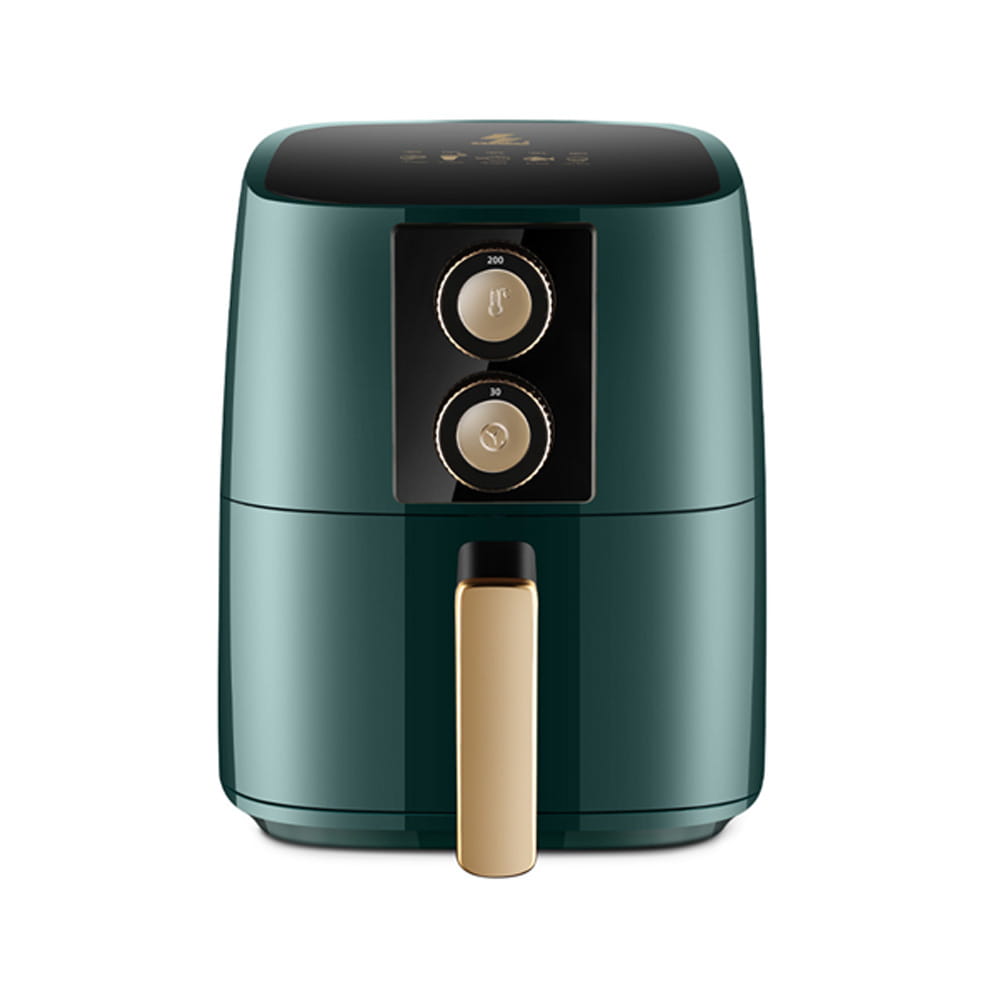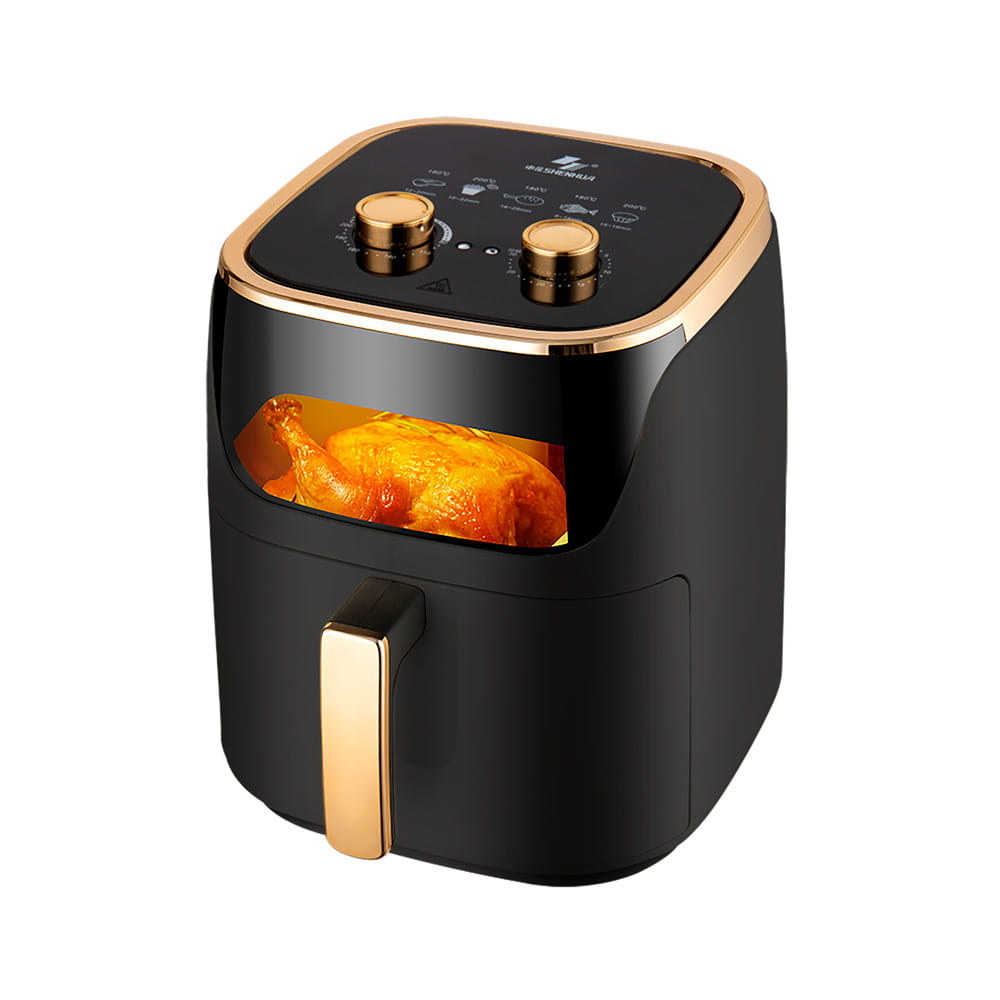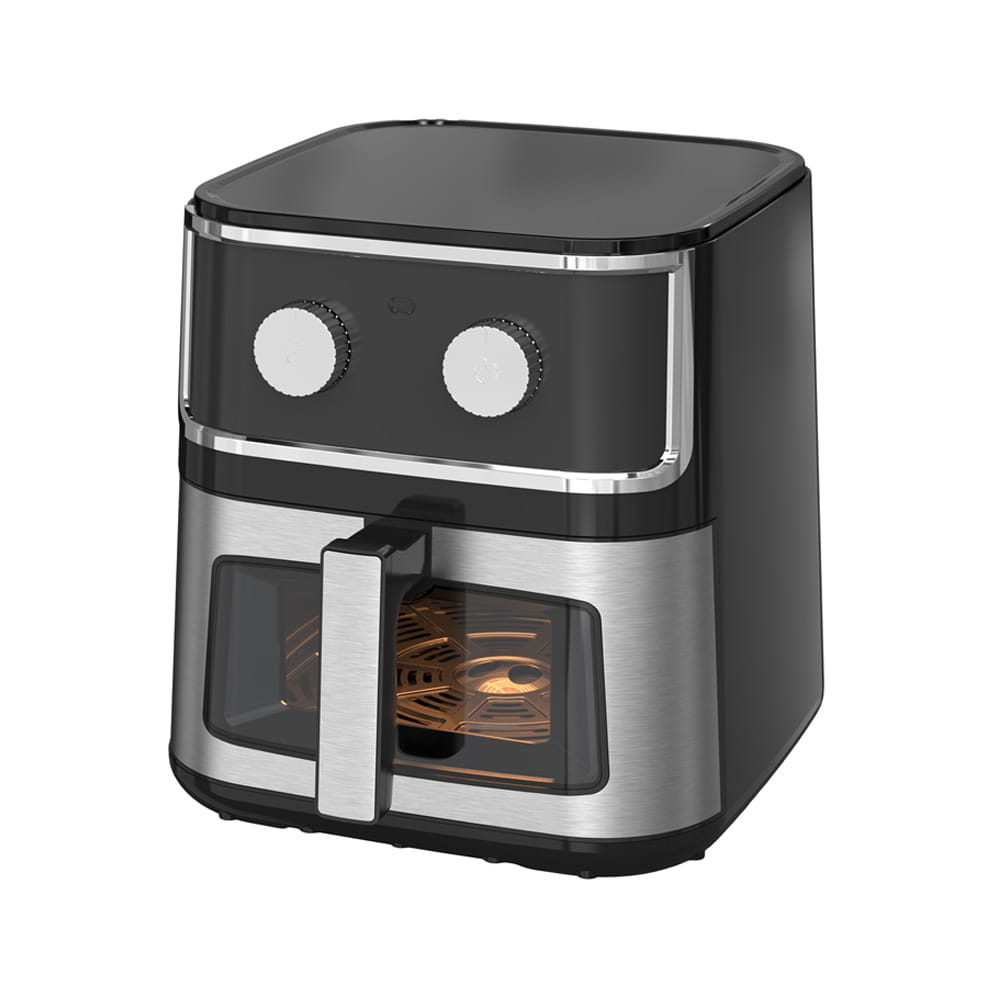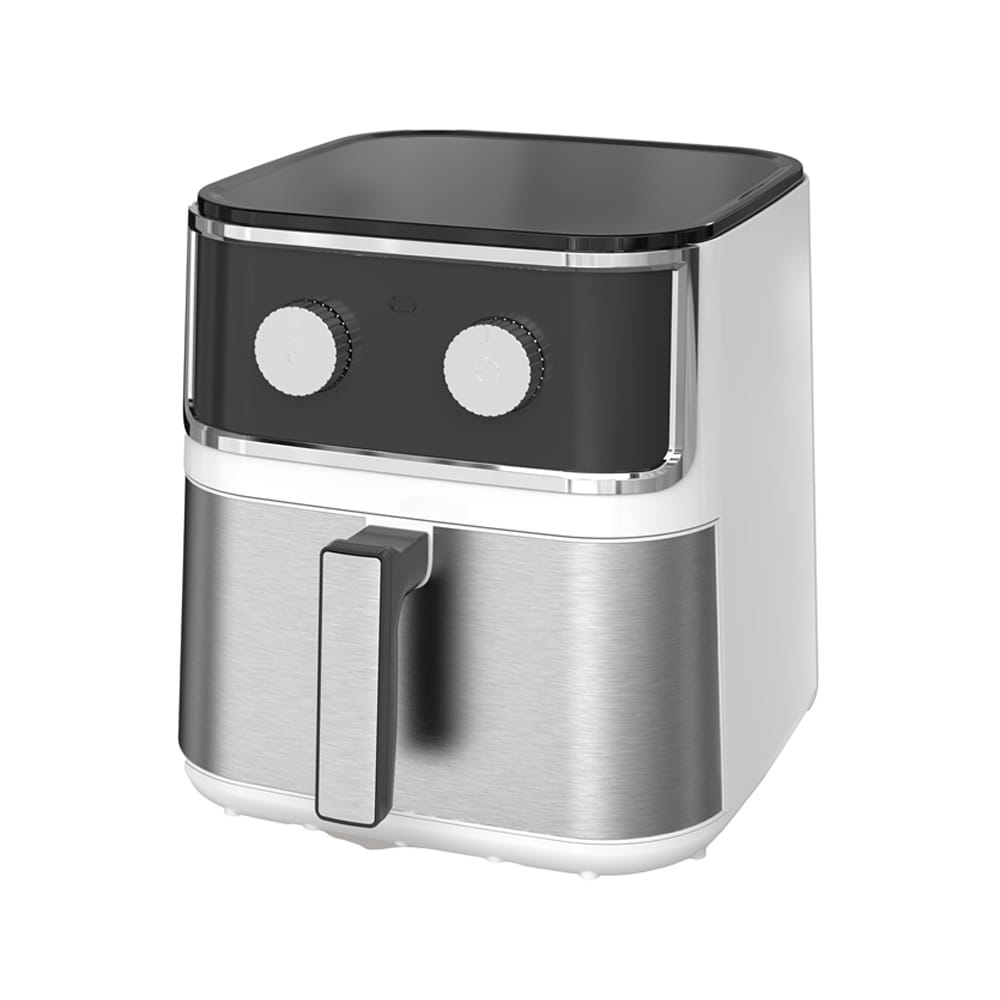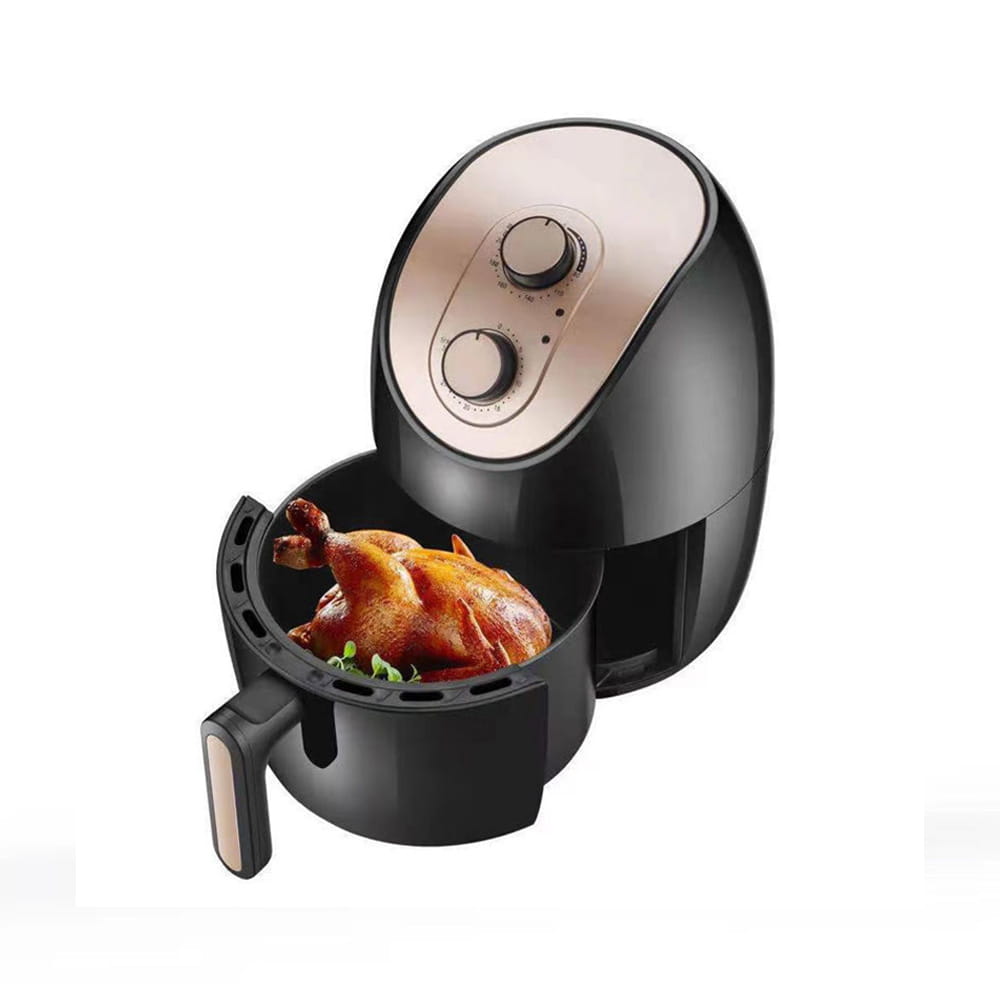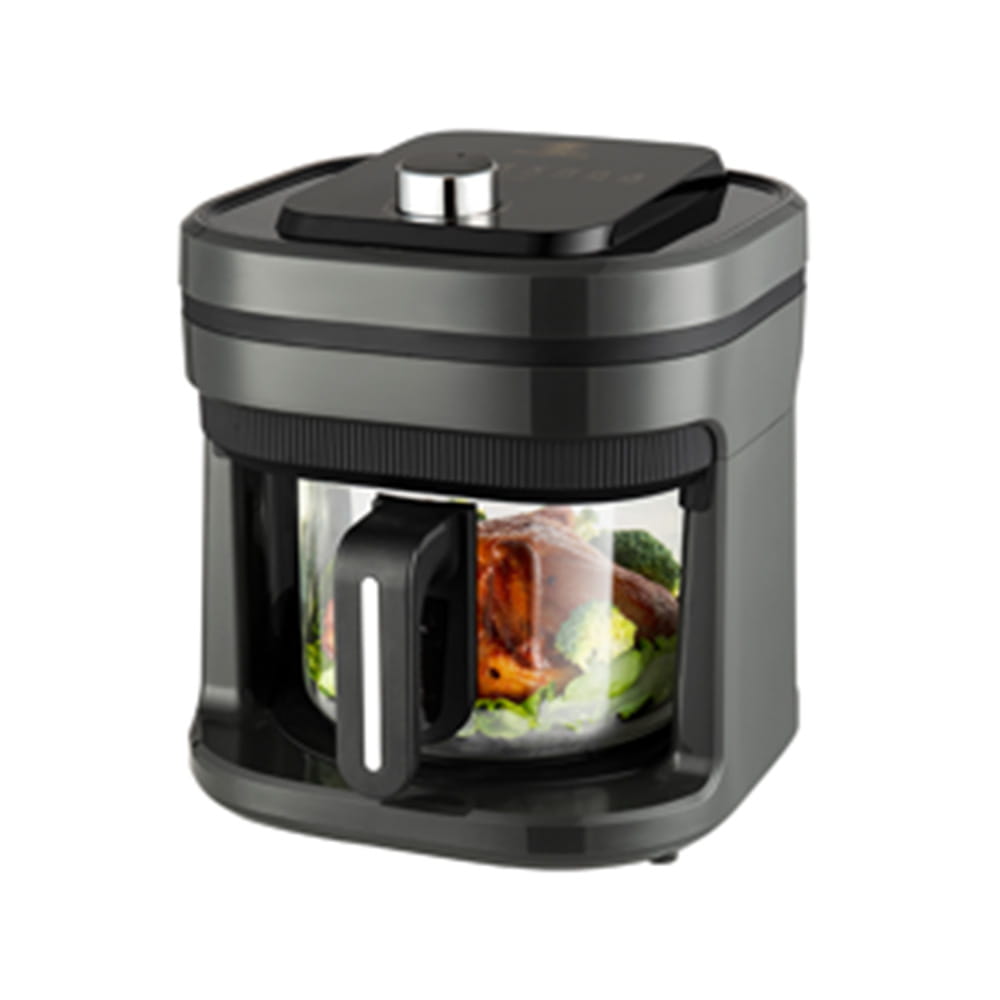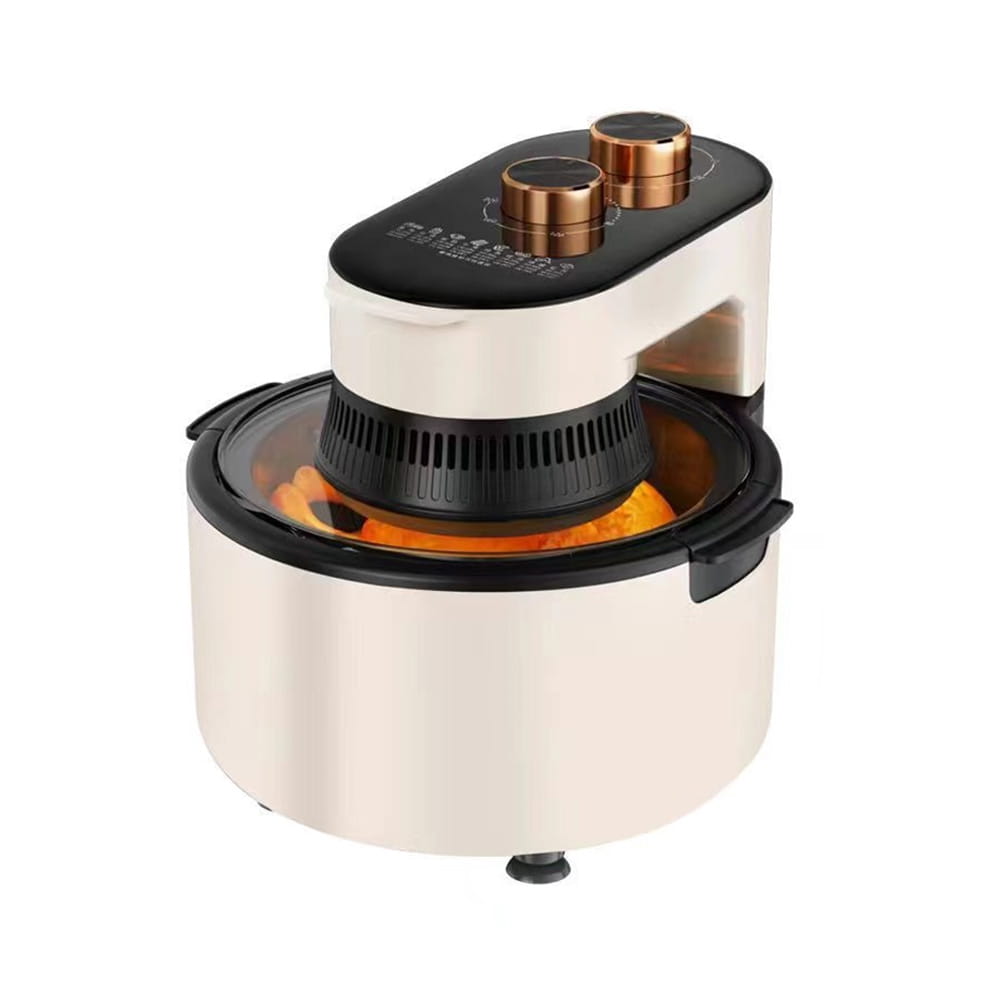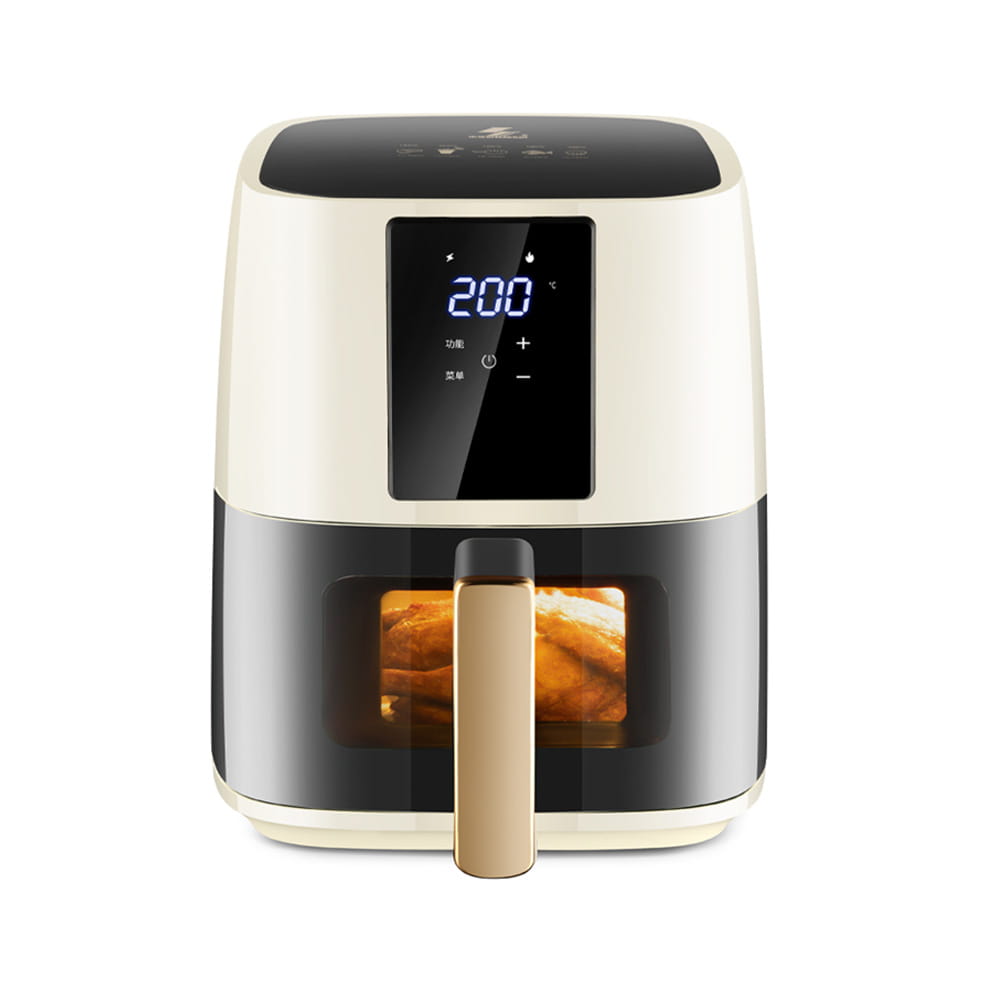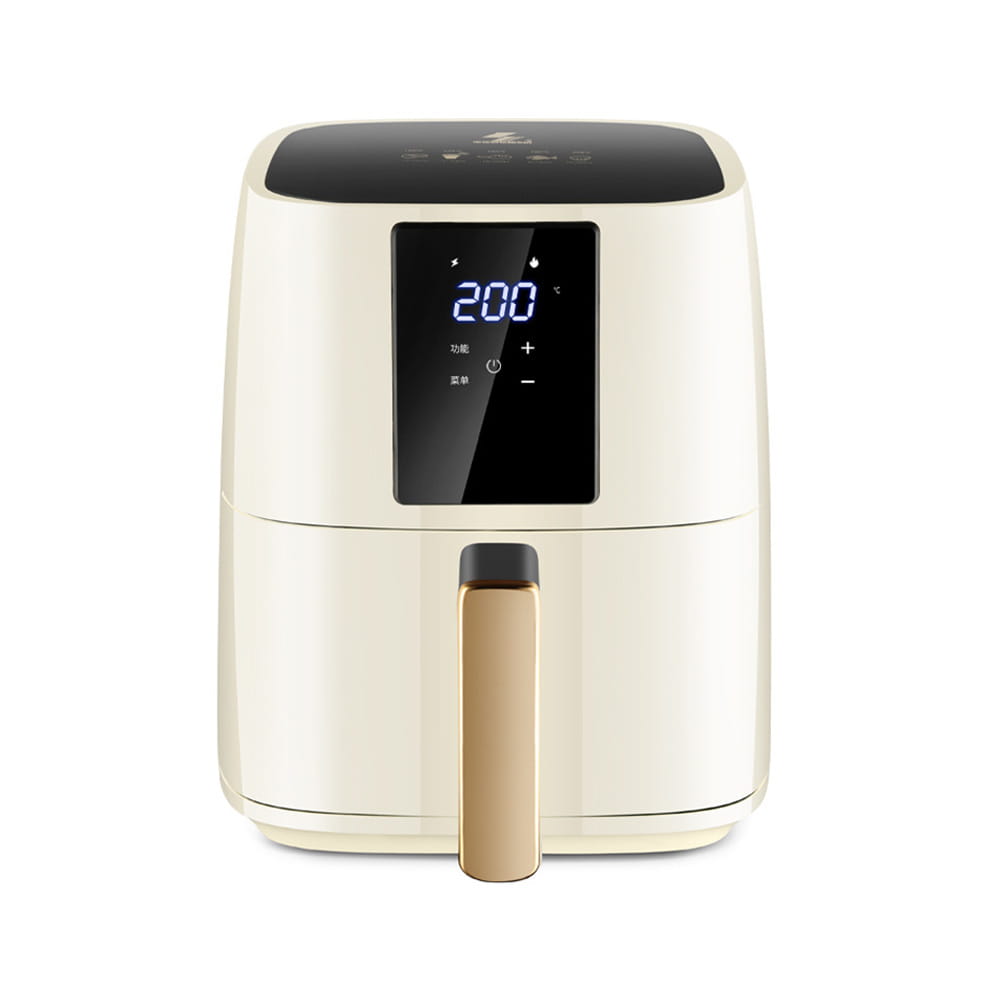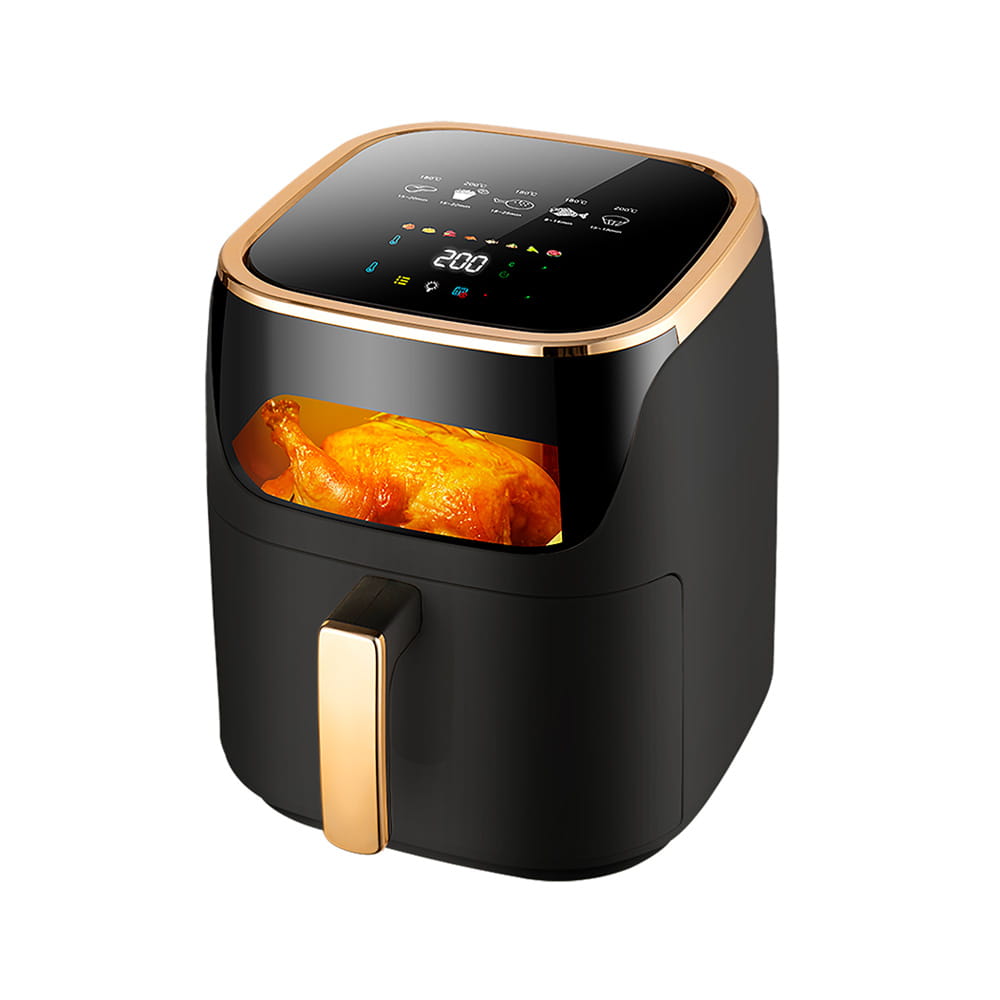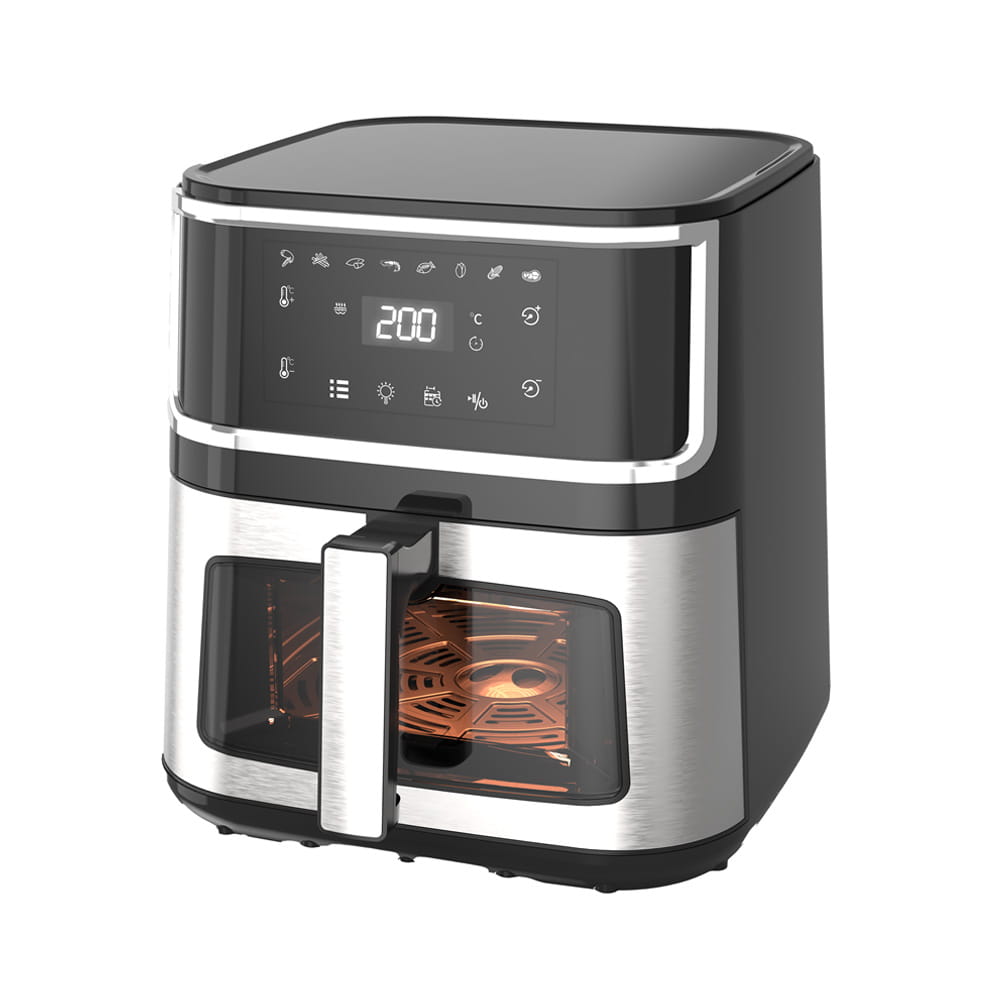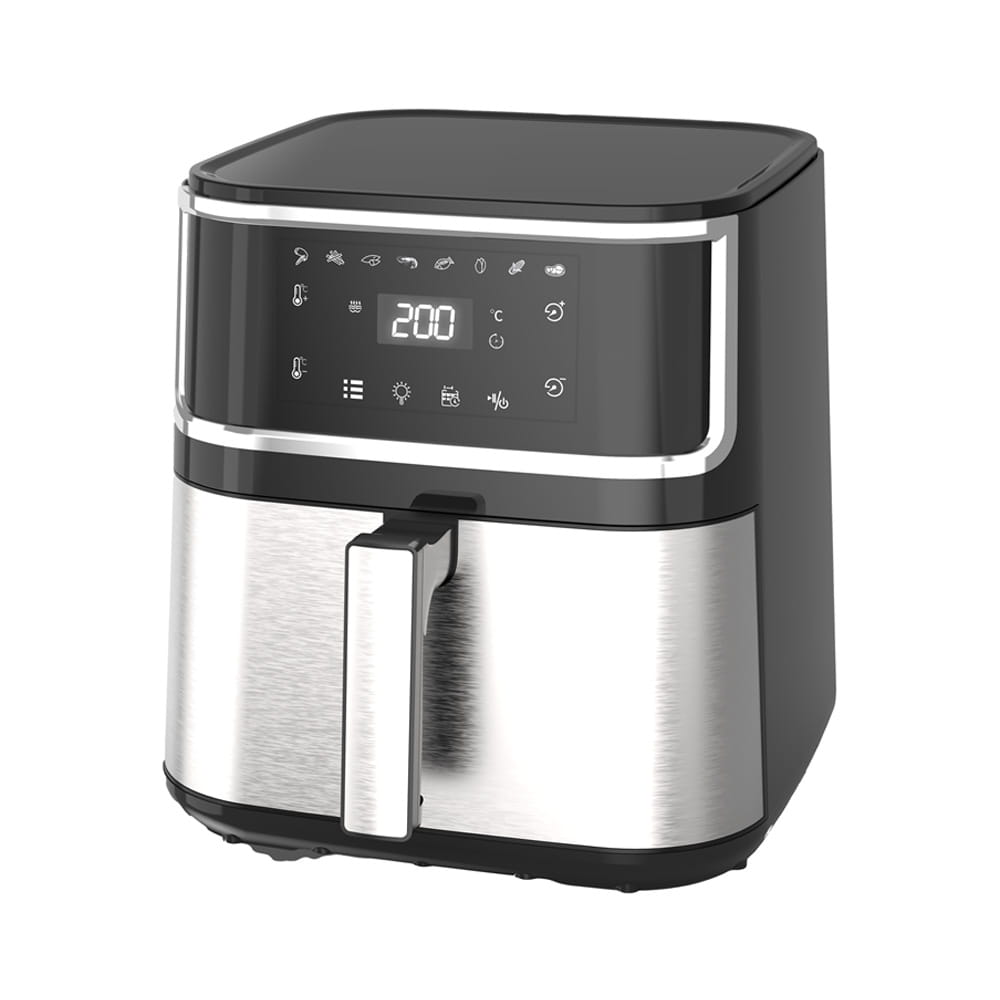1. Sources of Heat Generation and the Importance of Heat Dissipation
As a high-load, intermittently operating device, a car electric air pump (CEV) generates significant heat during operation due to its core components. The main heat sources include:
Motor Heat: When current flows through the motor windings, Joule heating is generated due to resistance. This is the primary heat source.
Piston Friction: The high-speed reciprocating motion between the piston and the cylinder wall within the cylinder generates frictional heat.
Gas Compression Heat: According to the principles of thermodynamics, the temperature of gas rises sharply when compressed. The compressed, hot air heats the cylinder and air pipes.
Effective heat dissipation is critical to ensuring stable performance and extending the life of the CEV. Heat accumulation can lead to reduced motor efficiency, aging of coil insulation, and even triggering overheating shutdowns, severely impacting user experience and product reliability.
2. Core Heat Dissipation Technology
The heat dissipation technology for CEV air pumps primarily focuses on efficiently transferring heat from the internal components to the external environment.
1. Structural Optimization
Metal Cylinder and Cylinder Head: Cylinders and cylinder heads are constructed from highly thermally conductive metal materials, such as aluminum alloy or copper alloy. Metals have a much higher thermal conductivity than engineering plastics, allowing them to quickly dissipate heat generated by the piston and compression.
Heat Sink Design: Fins are integrated onto the outer surface of the cylinder or key heat-generating areas of the engine body. These fins significantly improve heat convection efficiency by increasing the contact area with the outside air. The number, height, and spacing of the fins are carefully designed to achieve optimal convection heat dissipation.
Twin/Multi-Cylinder Design: Compared to single-cylinder pumps, twin-cylinder pumps distribute the total power consumption across two cylinders, reducing the instantaneous heat load on a single cylinder. Furthermore, the space between the two cylinders facilitates air flow and disperses heat sources.
2. Active Air Cooling System
Integrated Cooling Fan: Most mid-to-high-end electric air pumps for cars incorporate one or more high-speed fans. These fans are typically placed near the motor or cylinder, forcibly drawing in cool air from the outside, blowing it over heat-generating components, and then exhausting the hot air. This is the most direct and effective cooling method.
Air Duct and Airflow Design: Dedicated air ducts are built into the pump housing. Engineers use CFD (Computational Fluid Dynamics) simulations to optimize the fan airflow path, ensuring precise flow across the motor windings, bearings, and cylinder walls, avoiding heat loss dead zones.
3. Smart Thermal Management and Protection
In addition to purely physical heat dissipation, modern electric air pumps for cars also rely on intelligent electronic technology for thermal management.
Thermistor/Temperature Sensor: PTC/NTC thermistors or digital temperature sensors are installed in key locations on the motor windings, PCBA, or cylinder. These sensors monitor the internal temperature of the air pump in real time.
Overheat Protection: When the internal temperature reaches a preset threshold (e.g., 105°C or 120°C), the intelligent control chip (MCU) immediately cuts off power to the motor, triggering an automatic shutdown. This prevents damage from overheating and ensures user safety and product durability.
PWM Pulse Width Modulation: In some high-performance brushless motor air pumps, the controller dynamically adjusts the motor's PWM duty cycle based on temperature sensor feedback. While maintaining basic inflation efficiency, it appropriately reduces motor power, thereby suppressing rapid heat accumulation and extending continuous operation time.
IV. Material and Interface Optimization
High-Heat-Resistant Insulation Materials: Using high-temperature-resistant enameled wire and insulation materials of Class H or Class F (maximum temperature resistance of 180°C or 155°C) ensures that the motor does not experience insulation breakdown or short circuits in high-temperature environments, thereby improving the reliability of the air pump.
Thermal Interface Material (TIM): Thermal grease or thermal pads may be used between certain components (such as the interface between power transistors and heat sinks on a PCBA) to minimize contact thermal resistance and ensure efficient heat transfer to the heat dissipation structure.
Polymer Housing: Even if the housing is made of engineering plastic, highly flame-retardant PA or PC/ABS composite materials with a high Tg (glass transition temperature) are selected to ensure the housing does not deform or soften under prolonged high-temperature operation.

 English
English Español
Español